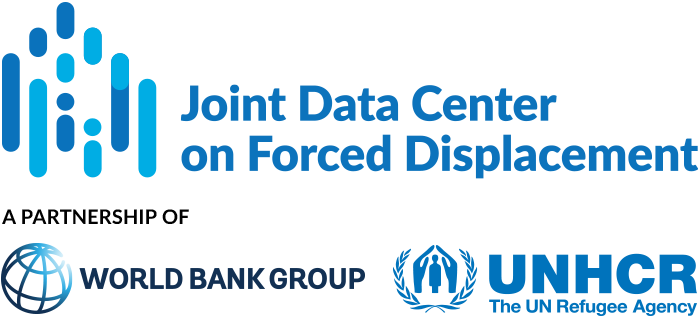This brief highlights the potential of livelihoods programming to increase self-reliance and economic empowerment for affected communities in Cox’s Bazar, Bangladesh. Over 900,000 Rohingya refugees live in Cox’s Bazar, the majority in the Kutupalong Expansion Site....
JDC Literature Review
A Citywide Approach in Urban Bangladesh
This article discusses the lessons learned from a citywide approach to reduce the prevalence of child labor and to protect working children’s rights in four cities in Bangladesh. World Vision targeted around 89,000 internally displaced children in four cities (Dhaka,...
The World’s Largest Refugee Camp Prepares for COVID-19
Over 855 000 Rohingya refugees from Myanmar have fled to Cox’s Bazar, the second poorest district in Bangladesh. This article describes efforts to prepare for COVID-19 in refugee camps in Cox’s Bazar, Bangladesh. Establishing measures to protect refugees from COVID-19...
COVID-19: Projecting the Impact in Rohingya Refugee Camps and Beyond
An epidemic of COVID-19 in refugee settings with high population densities, poor access to water and sanitation, poor baseline health status, limited ability to isolate infected individuals, and inadequate capacity to surge health infrastructure and workforce could...
COVID-19 and the Rohingya Refugees in Bangladesh: The Challenges and Recommendations
This short article describes the current challenges facing Rohingya refugees in Bangladesh and suggests possible prevention measures to avoid COVID-19 outbreaks in these vulnerable areas. The authors identify the following challenges: (a) the difficulty of...
Prevalence of COVID-19 symptoms, risk factors, and health behaviors in host and refugee
This paper examines the prevalence of COVID-19 symptoms and associated risk factors in Rohingya refugee camps and host communities in Cox’s Bazar, Bangladesh. The analysis draws on a phone‐based survey conducted in April 2020 with a sample of 899 households. The...


